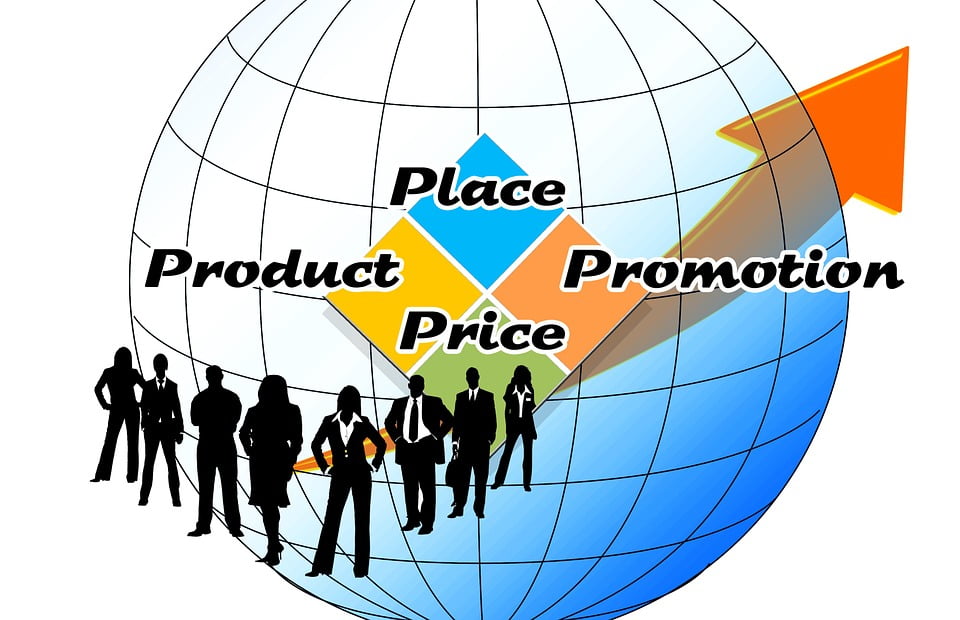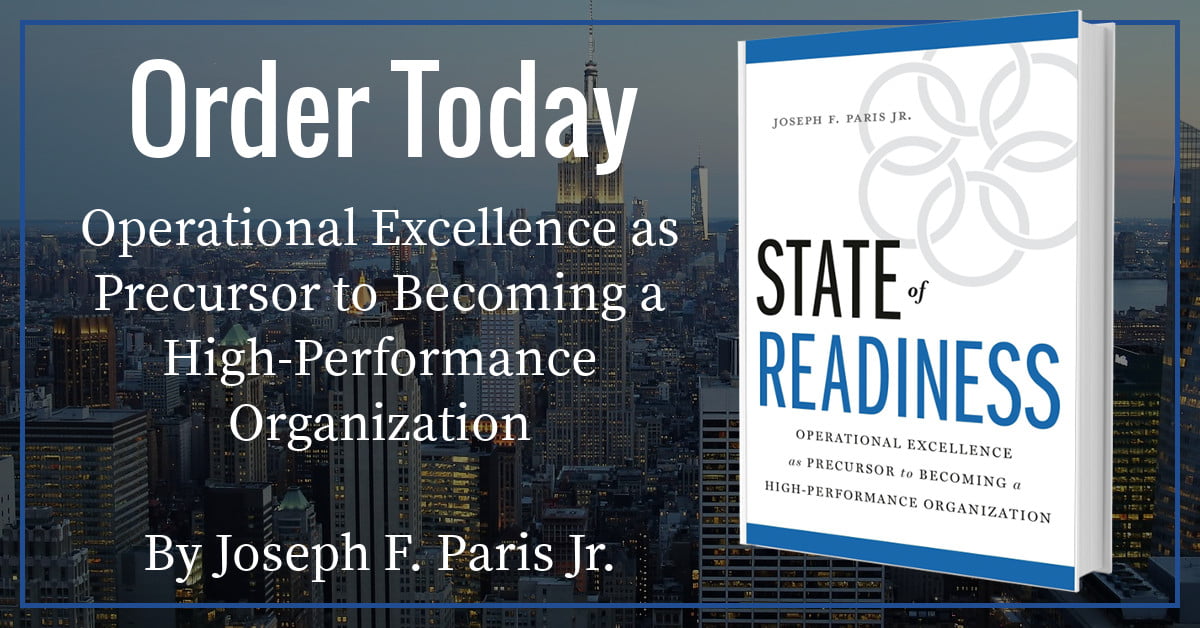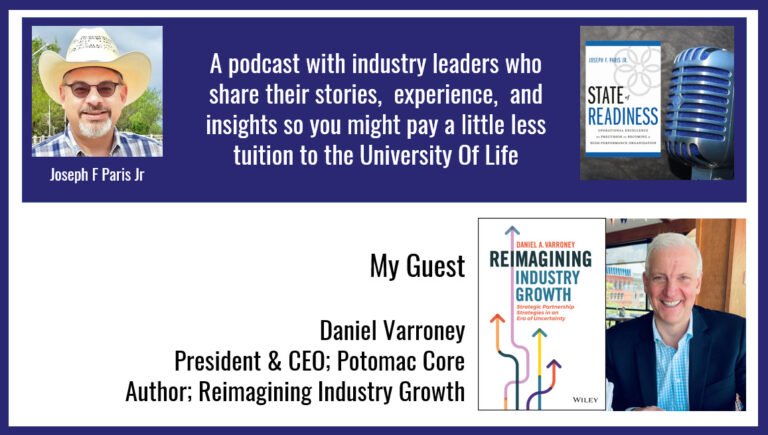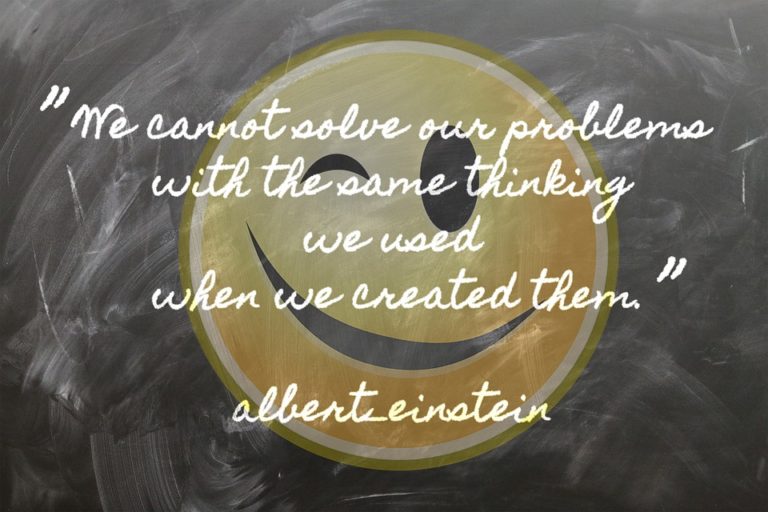Risk Mitigation For Business Leaders
In the “legion,” you march or die… As business leaders, sometimes we march because we are driven by opportunity to accomplishment, and sometimes we are forced to march to thwart a threat.
… But march we must.
The media has devoted a lot of energy as of late fanning the flames that the economy is in a precarious state, based upon the threats (real or perceived) from a diversity of sources. From the rising price of oil and other commodities, to the bursting of the real estate bubble and subsequent credit crunch, to the fall of the dollar, to the issues of immigration, to the extra attention drawn to Asia and a resurgent Russia – not to mention the various conflicts scattered about the globe – we are surrounded by turbulence, perhaps as never before.
Niccolo Machiavelli said, “Entrepreneurs are simply those who understand that there is little difference between obstacle and opportunity and are able to turn both to their advantage.” I can’t help but believe that in times like these, there is both grave danger and tremendous opportunity in equal abundance, which requires a savvy leader to simultaneously mitigate risk and to be bold. But, it is very difficult to be bold when you are looking at your shoes – as it is to watch your step with your eyes fixed on the horizon.
Risk mitigation ; I like to use the term “mitigation” rather than “management,” as mitigation implies that one is being proactive and reducing the exposure to risk – as opposed to merely taking out an “insurance policy.” Some sources of risk to your business which you may consider include:
- Customer Retention ; Companies often expend more energy obtaining new customers than they do retaining their existing customers. However, dollar for dollar, it is far less expensive to retain an existing customer than it is to obtain a new customer. An existing customer does not want to stop buying from you. You have to give them a reason. Either you are not attentive and listening to what they are telling you they need for you to continue doing business together, or you are failing in the execution of your deliverable to them. Once a customer, price is rarely a factor in motivating someone to look elsewhere. Your customers want value and they want consistency.
To illustrate: if (in your business) an average customer spends $500 per month and stays with the company five (5) years, the customer’s lifetime revenue value is $30,000. Double this customer lifespan to ten (10) years and you double the value to $60,000. Further, if over the course of this relationship the customer refers just one other customer to you, the value doubles still.
> As long as your customer retention and acquisition rate exceeds the customer attrition rate, you will be successful. The wider the spread, the more successful you will be.
- Finance ; The funny thing about financial institutions is that they will stumble over themselves to loan you money when they are flush and you don’t need it, but scurry like rats on a sinking ship if you actually need a loan.Take the current credit situation, for instance. Those companies that had covenant-light loan packages available to them when the supply of cash and credit was abundant, and leveraged them even though they were not needed, are in the most enviable of the positions. For even if you are the most credit-worthy company on the planet today, the terms and conditions set for new loans, (even just the application process) are much less favorable than just a few months ago – if you can get them at all.
The single biggest risk to a business is running out of gas. Positive cash-flow from operations will absolve many a business sin. However, every business cycle has its downturns and it is important to have financing in place before it is needed.
- Technology ; It’s easy to understand the apprehension to technology, especially new technology. The industry as a whole has repeatedly and consistently failed to live up to the “hype” generated by their marketing departments and the pronouncements of the people selling. Adages such as “plug and play” are found to translate to “plug and pray” more often than not.Given such history, the skepticism is understandable (perhaps even healthy) and it is easy to see why people consider technology as a commoditized logistic one must endure, rather than a mission-critical necessity to achieve a high level of greatness.When looking at technology, it is important to identify where the failures in the human endeavor are occurring and how these failings may be overcome by applying technology to facilitate the mundane so that people can make better-informed and subjective decisions based upon objective data.Yet I have come across many companies, as of late, that don’t have a modern Enterprise Resource Planning (ERP)system. They don’t know what to buy or build at any given time, or to any real accuracy, – and spend a lot of time, energy, and resources expediting orders (witness the expedited shipping fees and overtime). They don’t really know what their 30 / 60 / 90 day cash-flow is. They don’t know what their inventory levels are, or what they have where in work-in-process, or even what the real costs to deliver are. They ship the wrong products to the wrong customers. And all the while, the employees and management are walking around with clipboards that have spreadsheets attached which they manually update.This is not a formula for competitiveness or even longevity.Inaccurate information that is late and interpreted poorly, regardless of the source or means, is of no particular use to anyone. But to dismiss the benefits of technology, leveraged in a measured and pragmatic manner, is to put your company at risk.
Opportunity Execution ; Opportunities are around at any given time for those with the watchful eye. This is even more so when there is turbulence. The two biggest difficulties in taking advantage of opportunity when there is turmoil is; i) Is this the best time? – Are we at the bottom?… or ii) How much at risk am I? – Am I certain of my position? Well, if you have mitigated your risks (see above), then its time to be bold.
- Synergetic Expansion ; Let’s face it… There are bargains to be found during difficult times. There are companies that did not prepare themselves properly for the downturns that are inevitable in every business cycle (not you, of course) and are now struggling. Now is the perfect time to grow through synergetic expansion.Growth through acquisition is too often considered the domain of only the largest companies, but this is not so. For the smaller to mid-size company, growth through acquisition can be far cheaper and much quicker than any other means of growth. Besides, it’s a lot easier to double your revenue growth from $10-million to $20-million than it is to double $10-BILLION to $20-BILLION.The acquisitions that will yield the quickest results are those where you are not already competing for the same customers; such as those whose businesses are complimentary to yours (think the acquisition of Kinko’s by FedEx in 2004) or whose businesses are the same as yours, but in different geographies (such as Wachovia’s purchase of SouthTrust, also in 2004).It takes guts to expand in a down market because you are running contraire to the masses. But the wisdom is to sell when everyone is buying and to buy when everyone is selling. Now, do you still want to put everything into gold?
- Eyes of the Customer; We are sometimes so wrapped-up in our “here-and-now,” reacting to the immediacy, that we don’t really examine the relevance of who we are (or who we have become) and the value proposition that we bring to our clients. But rest assured, they are weighing that for you. The trick is to effect changes of yourself and your offering before your client lets you know that changes are needed by buying from someone else.Customer Wants;
- Product or Service? You deliver what they want.
- Quality? You have to have excellent process capability.
- Price? You have to deliver at their cost point.
- Responsiveness? You have to have a short cycle time.
- Dependability? You have to have process quality.
You don’t have to be the very best in each category. And you may not even be able to achieve being the best in each category unless the number of alternative suppliers is limited (think “Segway,” for example). But if you are genuinely listening to your customers, they will tell you what they want, and what they are looking for you to provide.
As the Great Bard says, “The fault lies not in the stars, but within ourselves.”
- Demand Creation ; The world is awash with competition. It is a buyer’s market, and there are more suppliers of any good or service than there are consumers. And with each and every one of them “benchmarking” against the “best practices” of their peers, it’s not long before entire industries are commoditized with the only real differentiator being price.
The strategy? – Demand Creation.As Sun Tzu stated, “Attack where they are not.” A very obvious illustration of “demand creation” is the case of Nintendo and the Wii. Just a few years ago, Nintendo was a distant third in home gaming, far behind Microsoft’s Xbox and the Sony Playstation. Realizing that they were too far behind and could not effectively compete in the terrain defined and dictated by the incumbents, Nintendo decided to move the battlefield and redefine the gaming experience by inventing a game that involved more than just the gamers “thumbs.”The result was the Wii. Having been introduced in the summer of 2006, so popular is the Wii, that it’s been virtually impossible to obtain one during this year’s Holiday Season (an entire year later). And so successful has the Wii been for Nintendo and creating demand in a new market, that it is common for owners of an Xbox or Playstation to also own a Wii. The result? – Nintendo is now the second most capitalized Japanese company, behind Toyota. For more on “demand creation,” I would strongly recommend the book, “Blue Ocean Strategy,” by Chan Kim and Renee Mauborgne.
We certainly do live in “interesting times,” as the Chinese saying goes, and as such we must redouble our efforts and be especially vigilant against complacency, lest it be the source of our demise.
 Paris is the Founder and Chairman of the XONITEK Group of Companies; an international management consultancy firm specializing in all disciplines related to Operational Excellence, the continuous and deliberate improvement of company performance AND the circumstances of those who work there – to pursue “Operational Excellence by Design” and not by coincidence.
Paris is the Founder and Chairman of the XONITEK Group of Companies; an international management consultancy firm specializing in all disciplines related to Operational Excellence, the continuous and deliberate improvement of company performance AND the circumstances of those who work there – to pursue “Operational Excellence by Design” and not by coincidence.
He is also the Founder of the Operational Excellence Society, with hundreds of members and several Chapters located around the world, as well as the Owner of the Operational Excellence Group on Linked-In, with over 25,000 members.
For more information on Paris, please check his Linked-In Profile at: http://de.linkedin.com/in/josephparis









